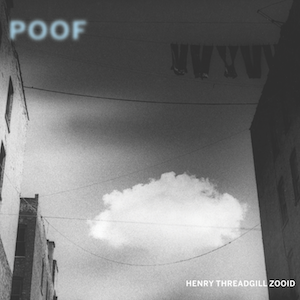Label: Pi Recordings, 2025
Personnel - Henry Threadgill: composition, conduction; Bill Frisell: acoustic guitar; Miles Okazaki: acoustic guitar; Gregg Belisle-Chi: acoustic guitar; Brandon Ross: acoustic soprano guitar; Jerome Harris: acoustic bass guitar; Stomu Takeishi: acoustic bass guitar; Maya Keren: piano; Rahul Carlberg: piano.
On Listen Ship, the one-and-only American saxophonist and composer Henry Threadgill continues to write for ensembles he conducts without featuring him as a soloist. Enlisting a striking lineup, he ventures into bold chamber instrumentation—four acoustic guitars, two acoustic basses, and two pianos— revisiting the knotted intervallic system first explored in 1994 with Song Out of My Trees. To satisfy his needs for a crisp acoustic guitar section, he turned to Bill Frisell, Miles Okazaki, Gregg Belisle-Chi, and Brandon Ross, who provide both precision and enigmatic tones.
The longer pieces prove more captivating. “H” carries a Latin, tango-like undercurrent that feels both exotic and astonishing. “L” begins with contemplative harmonics before yielding to a guitar solo—breathable yet complex—that seems in constructive disagreement with the lyrical fabric woven earlier. “R” takes the group through unconventional routes, wandering across heaven and earth with flexible intent.
Strings drive much of the album. “B” bursts with animated riffs and counterpoint between guitars and basses, while “F” spirals through abstraction in a restless rhythmic flux. “D” finds the guitars in a quirky, slightly dissonant folk communion, supported by bass plucks that double as percussion. By contrast, “E” is dramatic and suspenseful, showcasing the pianists in cooperative dialogue.
Threadgill’s signature balance of intricate composition and intuitive improvisation challenges his players, who respond with tonal color and different shades. At 81, he remains undeterred in expanding his already monumental legacy.
Favorite Tracks:
02 - B ► 08 - H ► 10 - L












